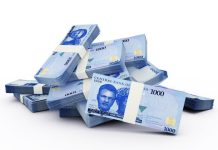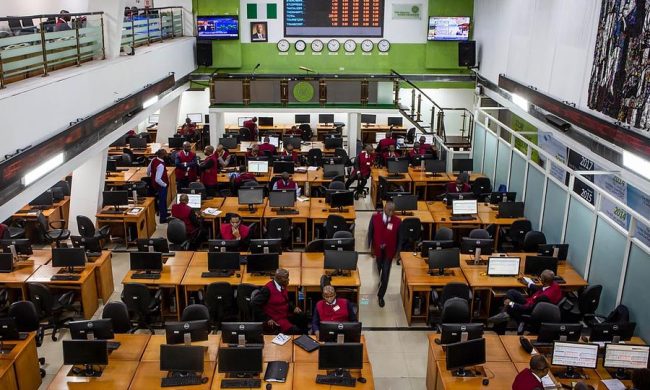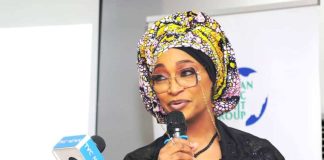The United States of America dollar drifted in narrow ranges on Tuesday, December 12, after strong recent gains as the U.S. Federal Reserve geared up for a two-day policy meeting at which it is widely expected to raise interest rates for the fifth time since late 2015.
The dollar index held steady at 93.80 after rising more than 1 percent last week, its biggest weekly rise since the end of October. But it is still down more than 9 percent so far this year.
The British pound GBP=D3 and the Swedish krone SEK= led gainers as investors squared positions in thin trading before the Fed’s decision.
Investors will be watching for the Fed’s assessment of the health of the economy as that might change the market’s views on the future path of borrowing costs. Bond markets anticipate two further rate hikes next year but Fed forecasters expect three.
“Although we do not expect (Fed chair) Janet Yellen to overly modify her choice of judicious language, (President (Donald Trump‘s) …tax cuts … could feasibly allow far greater conviction in the speed with which policy normalisation should proceed,” said Neil Mellor, senior currency strategist at BNY Mellon.
A Reuters poll of currency strategists published last week suggested the dollar would remain on the back foot in the coming months and decline 2.5 percent against the euro over the next year to $1.22.
Sterling got only a temporary boost on Tuesday from data showing British inflation unexpectedly nearly hit a six-year high in November with markets focusing on Brexit negotiations.
The pound climbed to the day’s high $1.3380 GBP=D3 after the data, up from $1.3335 beforehand, before slipping back to $1.33, up 0.2 percent on the day.
“Liquidity appears solid and any sterling upside has limits given the uncertainty before the Brexit deal,” said Neil Jones, Mizuho’s head of currency sales for hedge funds in London.
The euro changed hands at $1.175 EUR=EBS, having pulled back from Monday’s intraday high of $1.1811.
The New Zealand dollar set a two-week high as investors welcomed the appointment of national pension fund chief Adrian Orr, a former central bank official, to head the Reserve Bank from March.
Investors were relieved by the selection of an experienced official and expected he would not veer too far from the status quo as he carries out his dual mandate.
The kiwi NZD=D4, which climbed nearly 1.1 percent on Monday following the announcement, extended its gains on Tuesday and rose to $0.6953 at one point, its highest since Nov. 10. It was last trading at $0.6943, up 0.5 percent on the day.
The Swedish krone bounced after inflation rose up to the government’s 2-percent target in November, giving support to rate-setters and analysts who believe the central bank should wind up its bond purchases program at the end of this year.
The currency SEK= rose nearly a percent against the U.S. dollar on Tuesday, breaking a 3 percent fall over the last two weeks, Reuters reports.














